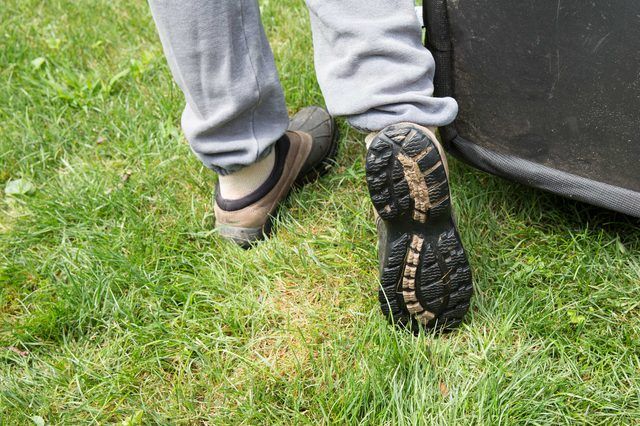Bulbs
Flower Basics
Flower Beds & Specialty Gardens
Flower Garden
Garden Furniture
Garden Gnomes
Garden Seeds
Garden Sheds
Garden Statues
Garden Tools & Supplies
Gardening Basics
Green & Organic
Groundcovers & Vines
Growing Annuals
Growing Basil
Growing Beans
Growing Berries
Growing Blueberries
Growing Cactus
Growing Corn
Growing Cotton
Growing Edibles
Growing Flowers
Growing Garlic
Growing Grapes
Growing Grass
Growing Herbs
Growing Jasmine
Growing Mint
Growing Mushrooms
Orchids
Growing Peanuts
Growing Perennials
Growing Plants
Growing Rosemary
Growing Roses
Growing Strawberries
Growing Sunflowers
Growing Thyme
Growing Tomatoes
Growing Tulips
Growing Vegetables
Herb Basics
Herb Garden
Indoor Growing
Landscaping Basics
Landscaping Patios
Landscaping Plants
Landscaping Shrubs
Landscaping Trees
Landscaping Walks & Pathways
Lawn Basics
Lawn Maintenance
Lawn Mowers
Lawn Ornaments
Lawn Planting
Lawn Tools
Outdoor Growing
Overall Landscape Planning
Pests, Weeds & Problems
Plant Basics
Rock Garden
Rose Garden
Shrubs
Soil
Specialty Gardens
Trees
Vegetable Garden
Yard Maintenance
How to Cut Wet Grass
How to Cut Wet Grass. Although the preferred practice is to mow grass when it is dry, sometimes cutting it while it is wet is simply unavoidable. When you are in that situation, take the time to change your lawn mower's settings, and follow safe mowing techniques.
Although the preferred practice is to mow grass when it is dry, sometimes cutting it while it is wet is simply unavoidable. When you are in that situation, take the time to change your lawn mower's settings, and follow safe mowing techniques.
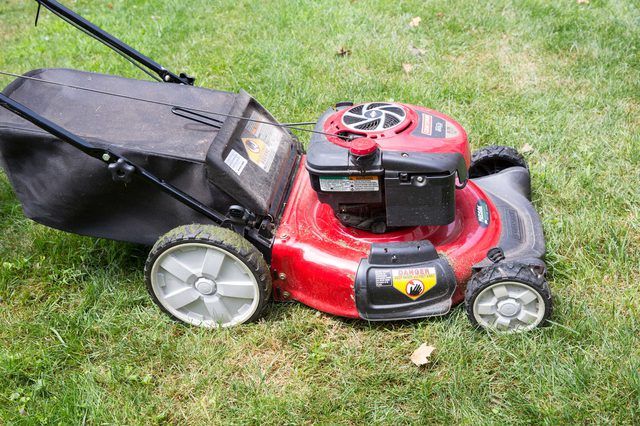
Wet grass that's also too tall creates some of the worst conditions for a lawn mower. Wet grass has a tendency to clog the underside of a mower and even can overwhelm the engine. Prevent both issues by cleaning underneath the mower and ensuring the discharge chute, through which grass clippings exit, is clear of debris; do those tasks before and after cutting wet grass. After the mower blade is clean, sharpening it is the best practice.
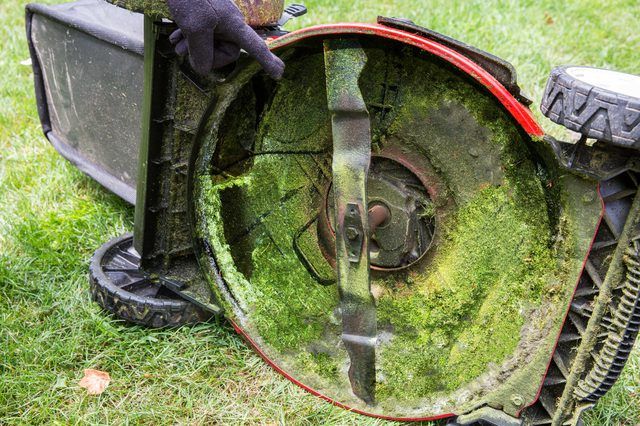
Do not make the mistake of pushing and pulling the mower through the wet grass. Most mowers are designed to mow in a forward fashion, and pulling those machines backward does not work and can dull their blades. It can create a safety hazard as well. At times, it is best to mow the lawn twice in one cutting session. For example, cut in one direction and then, for the second mowing, change directions by 90 degrees. Doing that should provide a cleaner cut and distribute the wet grass clippings better. You can also raise your mower deck to its highest setting while you're coping with wet grass; your mower engine will sustain less wear and tear, and you'll avoid possibly cutting your grass too short.
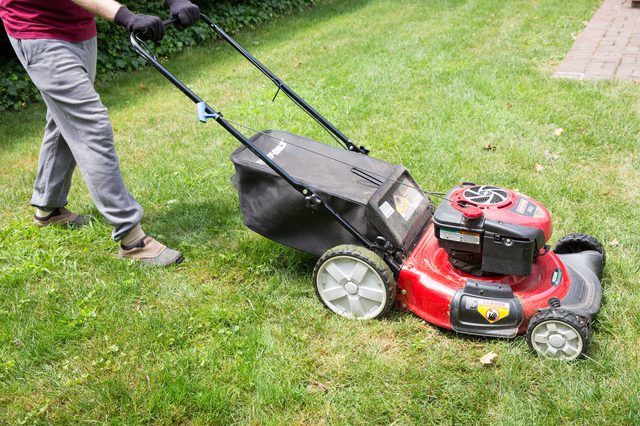
Two additional problems with wet grass are that it stains and can be very heavy. Its weight can put excessive strain on a lawn mower's bagging or mulching system. Instead of catching grass clippings, let the mower's discharge chute throw the clippings into a previously mowed section of the lawn. If you are mowing near a concrete patio or other area that the clippings could permanently stain, be especially careful to ensure that the discharge chute blows the clippings back onto the lawn. Clippings that remain on the lawn after you finish mowing can be collected by raking and then composted or disposed of.
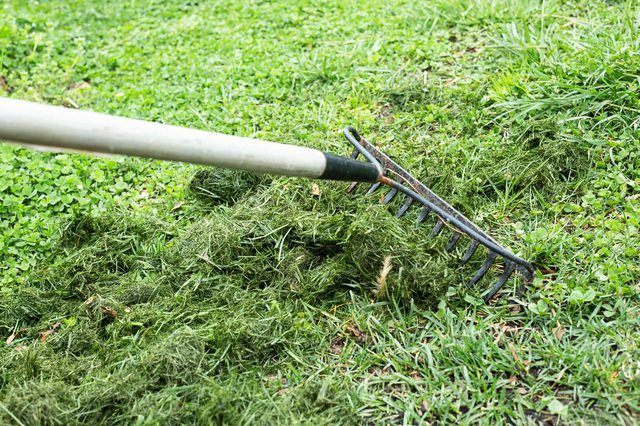
Mowing a wet lawn can cause safety and other issues. If the soil is saturated, it may become compacted, especially if your lawn mower is heavy. The mower can also create permanent ruts. The possibility of spreading lawn diseases increases when mowing wet grass as well. The biggest concern, however, is safety. Wearing shoes with soles that grip will help prevent you from slipping while mowing. Because wet grass tends to clog a mower easily, clearing the debris from the mower while its engine runs can be tempting. Never do that because it can damage the mower and, even worse, injure you.
